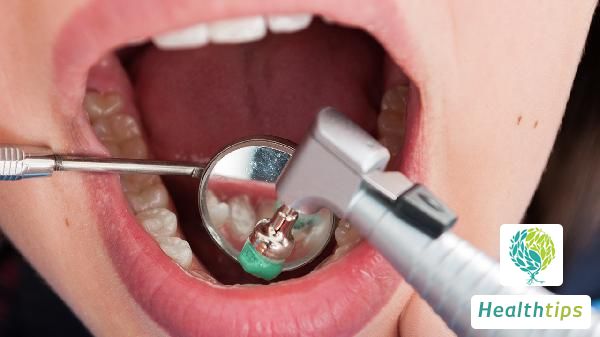"What is a Long, Hard Lump in the Breast?"
The presence of elongated hard lumps in the breast may be attributed to normal breast tissue, or may be indicative of diseases such as mastitis, breast hyperplasia, or breast fibroadenoma. Details are as follows:

1. Normal Breast Tissue
When touching the breasts, some individuals may inadvertently squeeze the normal breast tissue, mistaking it for a hard lump, especially if the technique is incorrect. However, no other symptoms typically accompany this. It is important to adjust the palpation technique, focusing on sliding touches, as this is a normal phenomenon and requires no intervention.
2. Mastitis
Stimulation of breast tissue due to milk duct obstruction or bacterial infection can lead to mastitis, an inflammatory condition characterized by pain and the presence of lumps. Applying warm compresses to the breast can facilitate inflammation resolution and alleviate symptoms. Maintaining cleanliness and dryness of the nipples is also crucial. In more severe cases, medications such as Amoxicillin Capsules, Metronidazole Tablets, and Prednisone Acetate Tablets may be prescribed.
3. Breast Hyperplasia
A benign breast condition potentially arising from imbalances in estrogen and progesterone levels, poor dietary habits, or psychosocial factors, breast hyperplasia disrupts the normal breast structure as detected by B-mode ultrasound. Some women may experience breast pain, nodules, or lumps. Mild symptoms may be managed through lifestyle modifications, while more severe cases may require treatment with medications like Xiaoyao Pills, Rupixiao Tablets, or Xiaojin Pills under medical supervision.
4. Breast Fibroadenoma
The heightened sensitivity of breast tissue to estrogen can prompt excessive proliferation, resulting in the formation of fibroadenomas. These benign lesions are characterized by smooth, painless lumps with distinct boundaries. Lumps smaller than 1.0cm and accompanied by no notable discomfort may be monitored. For those exceeding 1.0cm or causing significant discomfort, surgical removal options include traditional surgery or minimally invasive rotary excision.
Apart from the aforementioned causes, breast cancer can also present with similar symptoms. In case of any discomfort, patients are advised to seek medical attention for relevant examinations and receive targeted treatment based on the underlying cause under medical guidance.



















